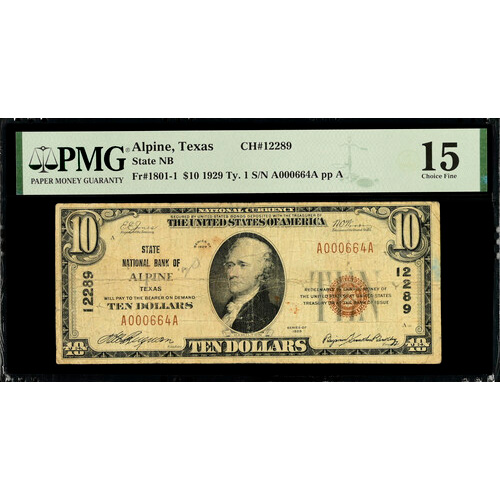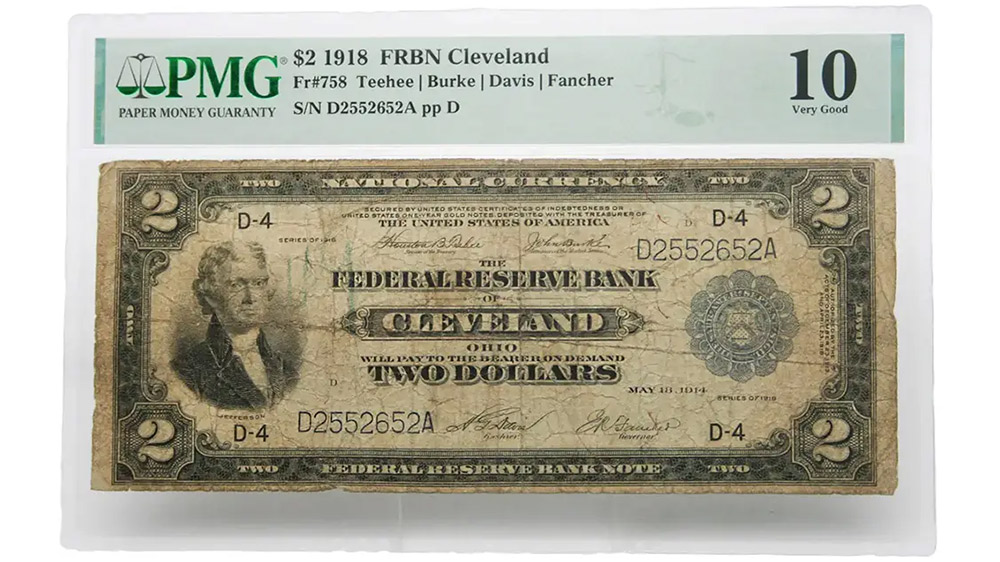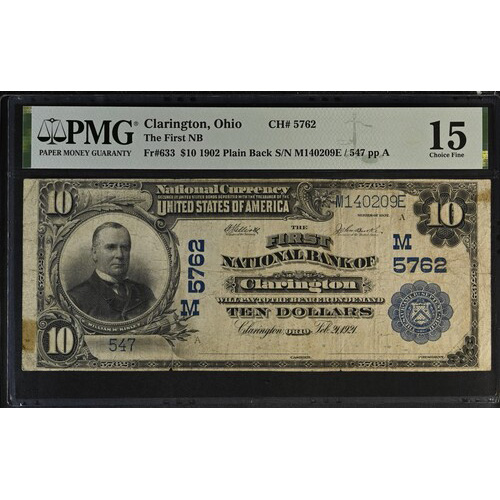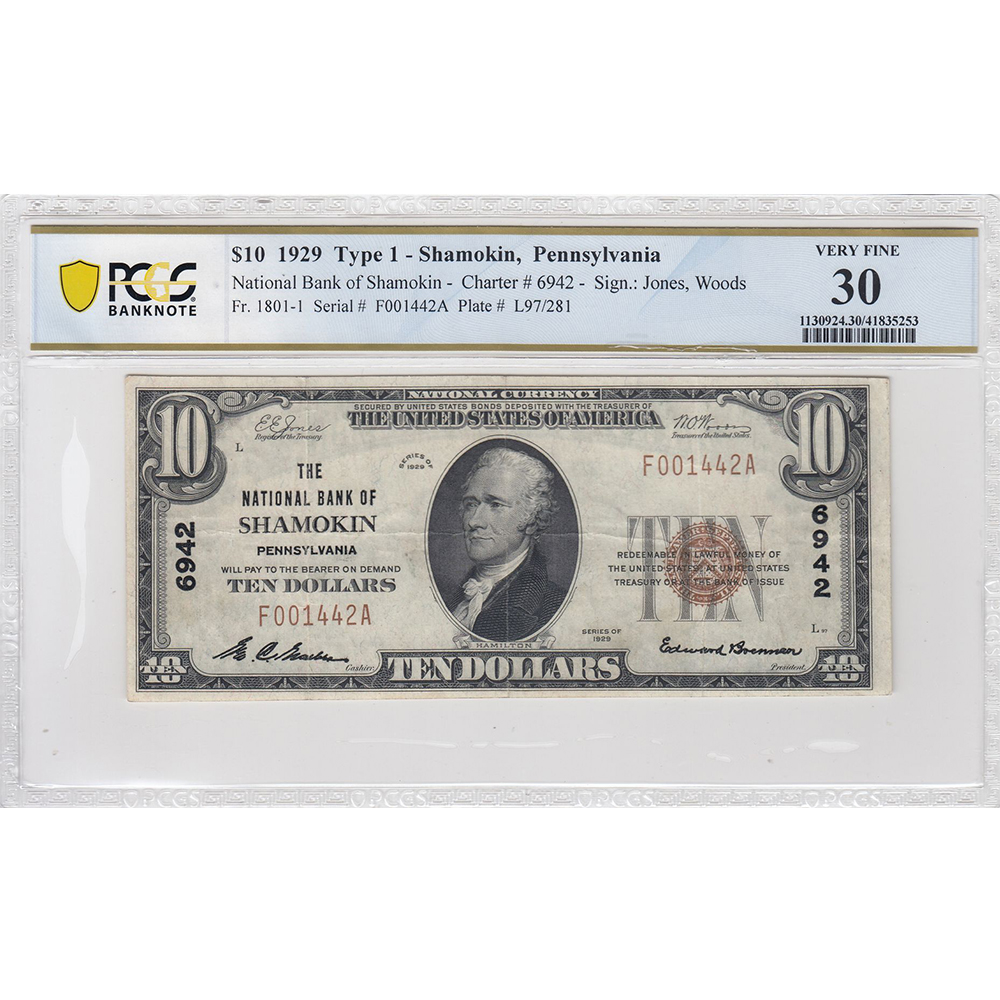Key Features:
- Type:
- National Bank Note: Issued by the First National Bank of Alpine, Texas, this note was part of the small-size series introduced in 1929.
- The notes were backed by U.S. Treasury bonds deposited by the issuing bank.
- Charter Information:
- Charter Number: Each bank had a unique charter number, which appears on the note. For Alpine, Texas, this would identify the issuing bank.
- The First National Bank of Alpine was likely the only national bank in this small West Texas town, adding to the note’s rarity.
- Design:
- Obverse (Front):
- Features a portrait of Andrew Jackson, similar to other $20 notes of the era.
- Displays the issuing bank’s name (“First National Bank of Alpine”), charter number, and serial number.
- Reverse (Back):
- Identical to standard $20 Federal Reserve Notes, with the design featuring the White House.
- Obverse (Front):
- Denomination:
- $20, a higher denomination for local use in smaller communities like Alpine, Texas.
Historical Context:
- National Bank Notes in 1929:
- The Series of 1929 marked the transition to small-size national banknotes (previously, these notes were issued in large-size formats).
- These notes were issued between 1929 and the mid-1930s, with many surviving examples ceasing circulation during the Great Depression.
- The issuance period coincided with significant financial struggles for smaller banks, many of which closed during the banking crises.
- Alpine, Texas:
- Alpine, located in remote West Texas, was a small but vital community during the early 20th century. Notes from small towns are often rare because these banks issued limited quantities.
Conclusion:
The 1929 $20 National Currency note from Alpine, Texas, graded PMG CH F15, is a highly collectible piece of banking and regional history. Its value lies in its rarity, condition, and connection to a small West Texas community.






